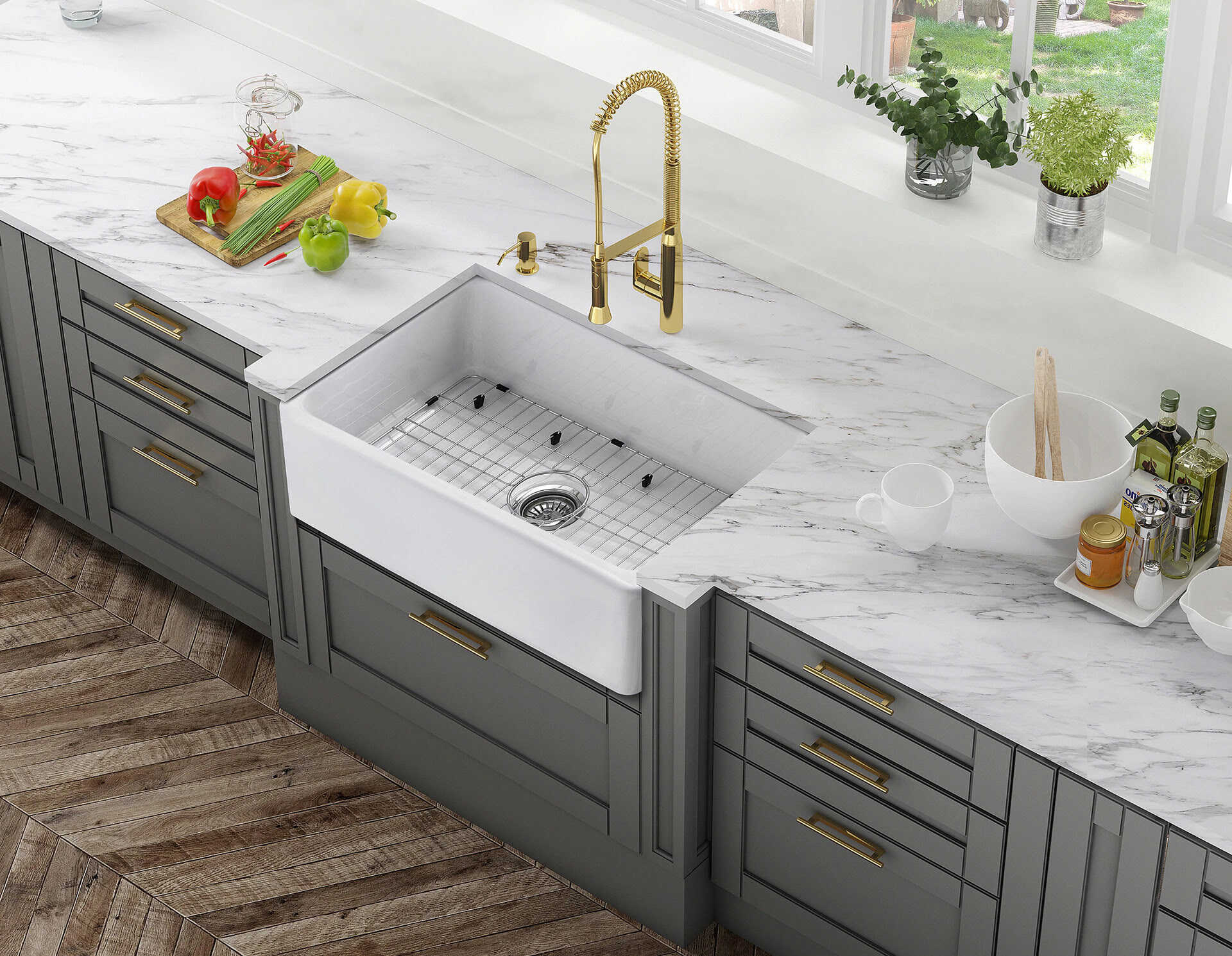

Articles
How To Install Farmhouse Sink
Modified: February 23, 2024
Learn how to install a farm sink with our step-by-step articles. Discover the best tips and tricks for a successful installation.
(Many of the links in this article redirect to a specific reviewed product. Your purchase of these products through affiliate links helps to generate commission for Storables.com, at no extra cost. Learn more)
Introduction
Welcome to our guide on how to install a farm sink! Farm sinks, also known as apron sinks, have become increasingly popular in modern kitchen designs. These sinks not only add a touch of rustic charm, but they also provide ample space and functionality for all your kitchen tasks. Whether you are remodeling your kitchen or simply replacing your existing sink, installing a farm sink can transform the look and feel of your space.
In this step-by-step guide, we will walk you through the process of installing a farm sink from start to finish. We will cover everything you need to know, including the tools and materials required, preparing the area, measuring and marking, cutting the countertop, installing the sink, securing it in place, connecting the plumbing, and sealing and finishing. By following these instructions, you will be able to install your farm sink with ease and confidence.
Before we begin, it’s essential to note that installing a farm sink may require some plumbing and carpentry skills. If you are not comfortable performing these tasks, it is recommended to hire a professional for assistance. Additionally, be sure to consult the installation instructions provided by the manufacturer of your specific sink model, as they may have specific guidelines that should be followed.
Now, let’s gather our tools and materials and get started on installing your beautiful new farm sink!
Key Takeaways:
- Transform your kitchen with rustic charm and functionality by installing a farm sink. Follow the step-by-step guide for a professional and successful installation.
- Ensure a reliable and durable installation by properly preparing the area, measuring and marking, cutting the countertop, and securing the sink in place.
Read more: What Is A Farmhouse Sink
Tools and Materials Needed
Before you begin installing your farm sink, it’s essential to gather all the necessary tools and materials. Having everything prepared will ensure a smooth and efficient installation process. Here’s a list of the tools and materials you will need:
Tools:
- Measuring tape
- Pencil or marker
- Power drill
- Hole saw bit
- Jigsaw
- Screwdriver
- Adjustable wrench
- Plumber’s wrench
- Utility knife
- Caulking gun
- Level
- Silicone sealant
- Tape measure
Materials:
- Farm sink
- Countertop material
- Support brackets
- Screws
- Plumber’s putty
- Plumbing fittings
- Pipe wrench
- Flexible supply lines
- Plumber’s tape
- Silicone caulk
- Wood shims
The specific tools and materials needed may vary depending on the type and brand of farm sink you are installing. It’s always best to refer to the manufacturer’s instructions for any additional or specific requirements.
Once you have gathered all the necessary tools and materials, you’ll be ready to move on to the next steps of installing your farm sink. In the following sections, we will guide you through each stage of the installation process, ensuring a successful and professional-looking result.
Preparing the Area
Preparing the area where you will install your farm sink is an essential first step. This involves removing the existing sink, disconnecting the plumbing, and ensuring that the surrounding countertop and cabinet are ready for the installation.
Here’s how to prepare the area before installing your farm sink:
- Clear the workspace: Start by removing any items from the countertop and under the sink. This will give you enough space to work comfortably during the installation process.
- Turn off the water: Locate the water shut-off valve under the sink and turn it off to stop the water supply. If there is no shut-off valve, you may need to turn off the main water supply to the house.
- Disconnect the plumbing: Using an adjustable wrench and a plumber’s wrench, start by disconnecting the supply lines from the faucet. Have a bucket or towel ready to catch any water that may drip out. Next, disconnect the drainpipe by loosening the slip nuts. Dispose of any water in the trap.
- Remove the existing sink: Carefully unscrew any mounting brackets or clips that are securing the sink to the countertop. Once the sink is detached, lift it out and set it aside. If there are any leftover adhesive or caulk, use a utility knife or scraper to remove it from the countertop.
- Inspect the countertop and cabinet: Check the condition of the countertop and cabinet to ensure there is no damage or rot. If there are any issues, it’s advisable to address them before proceeding with the installation.
- Clean the area: Thoroughly clean the countertop and cabinet area where the new farm sink will be installed. Remove any dirt, dust, or debris to ensure a clean surface.
By properly preparing the area, you are creating a clean and organized space for the installation of your farm sink. With the area prepped, you can now move on to the next step of measuring and marking for the installation.
Measuring and Marking
Accurate measurements and precise markings are crucial when installing a farm sink. This ensures that the sink will fit correctly into the countertop and align with other fixtures in your kitchen. Take your time with this step to avoid any potential issues during the installation process.
Follow these steps to measure and mark for the installation of your farm sink:
- Measure the sink: Take precise measurements of your farm sink, including the length, width, and depth. Measure both the interior and exterior dimensions. These measurements will determine the size of the opening you will need to cut into the countertop.
- Mark the countertop: Use a pencil or marker to mark the desired location of the sink on the countertop. Make sure the marking is centered and aligns with your kitchen’s design and layout. Measure and mark the distance from the front edge of the countertop to the front of the sink to determine the correct placement.
- Mark the cutout dimensions: Use the measurements of the sink to mark the cutout dimensions on the countertop. Measure and mark the length and width of the opening, accounting for the apron front of the farm sink. Be sure to leave enough space for the sink to fit snugly into the countertop without any gaps.
- Double-check your markings: Take a moment to review your measurements and markings. Ensure that they are accurate and aligned properly. Double-checking now will help avoid costly mistakes later in the installation process.
Once you have measured and marked the sink and the cutout dimensions on the countertop, you are ready to move on to the next step: cutting the countertop to accommodate the farm sink.
Cutting the Countertop
One of the most critical steps in installing a farm sink is cutting the countertop to create the opening for the sink to fit into. This step requires precision and careful execution to ensure a proper and seamless fit.
Follow these steps to cut the countertop for your farm sink:
- Secure the countertop: Before cutting, ensure that the countertop is firmly supported and secured in place. You can use clamps or support blocks to hold the countertop steady during the cutting process.
- Mark the cutout: Using your previously measured and marked dimensions, transfer the markings onto the surface of the countertop. Double-check the markings to ensure accuracy.
- Drill pilot holes: Start by drilling pilot holes within the marked corners of the cutout area. These holes will serve as entry points for the jigsaw blade.
- Cut along the marked lines: Insert the jigsaw blade into one of the pilot holes and carefully cut along the marked lines. Take your time and follow the lines precisely to achieve clean and accurate cuts.
- Work your way around: Continue cutting along the marked lines, using the jigsaw, until you have completed the entire cutout. Take breaks when needed, and make sure to support any sections of the countertop that may become loose as you cut.
- Smooth the edges: Once the cutout is complete, use a sander or sandpaper to smooth any rough edges. This will ensure a professional and polished look.
Remember to wear appropriate safety gear, such as safety glasses and gloves, during the cutting process. Take your time and work carefully to avoid any accidents or damage to the countertop.
With the countertop cutout ready, you are now prepared to move on to the next step: installing the farm sink into the opening.
When installing a farm sink, make sure to measure the cabinet opening carefully to ensure a proper fit. Also, consider adding additional support to the cabinet to accommodate the weight of the sink.
Read more: How To Clean Farmhouse Sink
Installing the Sink
Now that you have prepared the area and cut the countertop to accommodate the farm sink, it’s time to install the sink into the opening. This step requires careful positioning and securing to ensure a snug and stable fit.
Follow these steps to install your farm sink:
- Carefully lift the sink: With the help of another person, lift the farm sink and carefully place it into the cutout on the countertop. Make sure the sink is aligned properly with the surrounding edges and centered within the opening.
- Check for level: Use a level to ensure that the sink is sitting level and not tilted. Adjust as necessary by adding or removing shims under the sink until it sits evenly.
- Attach support brackets: Depending on the manufacturer’s instructions, you may need to attach support brackets underneath the sink. These brackets will help secure the sink in place and provide additional stability. Follow the specific instructions provided by the sink manufacturer.
- Apply plumber’s putty: Carefully remove any excess putty from the sink flange and apply plumber’s putty to create a watertight seal. Place the putty around the top edge of the sink where it will come into contact with the countertop.
- Lower the sink: Lower the sink into the cutout, pressing it firmly against the countertop. The putty will create a tight seal between the sink and the countertop.
- Secure the sink: Use mounting brackets or clips, as recommended by the manufacturer, to secure the sink to the underside of the countertop. Make sure to follow the specific instructions provided by the sink manufacturer for proper installation.
- Make final adjustments: Check to ensure that the sink is aligned correctly and secure. Make any necessary adjustments to the brackets or clips to achieve an even and tight fit.
- Clean up: Wipe away any excess putty or residue around the sink and countertop using a clean cloth or sponge. This will leave the installation looking clean and professional.
Once the sink is securely installed, you can move on to the next step: connecting the plumbing to complete the installation.
Securing the Sink
After installing the farm sink into the cutout on the countertop, the next step is to secure the sink in place. This will ensure that the sink remains stable and properly aligned for long-term use.
Follow these steps to secure your farm sink:
- Ensure the sink is level: Use a level to check if the sink is sitting level and adjust as necessary. The sink must be level from front to back and side to side for proper drainage.
- Tighten the mounting brackets or clips: Use a screwdriver or a power drill to secure the mounting brackets or clips underneath the sink. These brackets or clips will hold the sink firmly in place.
- Check for any gaps: Inspect the area between the sink and the countertop for any gaps. If you notice any gaps, insert wood shims to fill them and provide additional stability.
- Apply silicone sealant: Apply a bead of silicone sealant along the edges where the sink meets the countertop. This will create a watertight seal and prevent any water or debris from seeping underneath the sink.
- Smooth out the sealant: Use a caulk smoothing tool or a clean finger to smooth out the silicone sealant. This will ensure a neat and professional finish.
- Allow the sealant to cure: Follow the manufacturer’s instructions on the silicone sealant for the recommended curing time. Avoid using the sink or applying any pressure on it until the sealant has fully cured.
Securing the sink properly is crucial to prevent any movement or instability over time. Taking the time to secure the sink will ensure a reliable and durable installation. Once the sink is secured, you can move on to connecting the plumbing to complete the installation process.
Connecting Plumbing
Connecting the plumbing for your farm sink is the next step in the installation process. This involves connecting the water supply lines, drain, and any additional plumbing fixtures to ensure proper functionality and operation of the sink.
Follow these steps to connect the plumbing for your farm sink:
- Install the faucet: If you haven’t already done so, follow the manufacturer’s instructions to install your faucet. This will typically involve connecting the faucet to the sink using the provided hardware and securing it in place.
- Connect the supply lines: Using flexible supply lines, connect the hot and cold water supply lines to the corresponding valves or pipes under the sink. Use a plumber’s wrench to tighten the connections securely.
- Attach the drain: Insert the drain assembly into the sink’s drain opening. Apply plumber’s putty to create a watertight seal between the sink and the drain assembly. Secure the drain by tightening the slip nut underneath the sink.
- Connect the P-trap: Connect the P-trap to the drain pipe and the sink’s drain tailpiece. Use slip nuts and washers to secure the connections and ensure a proper seal. Adjust the P-trap as needed to align with the drainpipe and tailpiece.
- Check for leaks: Once all the connections are in place, turn on the water supply and check for any leaks. Inspect all the connections and joints for any signs of water leakage. If necessary, tighten the connections or replace any faulty parts.
- Test the sink: Fill the sink with water and let it drain to ensure proper functionality. Look for any issues with draining, water flow, or leaks during this test. Make any necessary adjustments or repairs to resolve any problems.
- Install additional plumbing fixtures: If your kitchen requires additional plumbing fixtures, such as a dishwasher or a garbage disposal, follow the manufacturer’s instructions to install and connect them properly. Ensure that all connections are secure and leak-free.
By connecting the plumbing correctly, you will ensure that your farm sink operates smoothly and efficiently. Take your time during this step to ensure proper connections and avoid any future issues. Once the plumbing is connected, you can move on to sealing and finishing the installation.
Sealing and Finishing
The final step in installing your farm sink is sealing and finishing the installation. This step ensures that the sink is properly sealed to prevent any water damage and gives the installation a polished and professional appearance.
Follow these steps to seal and finish the installation of your farm sink:
- Clean the sink and countertop: Use a mild detergent and water to clean the sink and the surrounding countertop. Remove any dirt, dust, or debris to ensure a clean surface for sealing.
- Apply silicone caulk: Using a caulking gun, apply a thin and even bead of silicone caulk along the seam between the sink and the countertop. This will create a watertight seal and prevent any water from seeping into the joint.
- Smooth out the caulk: Use a caulk smoothing tool or a clean finger to smooth out the silicone caulk along the seam. This will give the caulk a neat and finished appearance.
- Remove excess caulk: Carefully wipe away any excess caulk using a clean cloth or sponge. This will leave a clean and tidy finish.
- Let the caulk cure: Follow the manufacturer’s instructions regarding the curing time for the silicone caulk. Avoid using the sink or applying any pressure on the caulked area until it has fully cured.
- Touch up the finish: If there are any visible scratches or marks on the sink or countertop, consider using a surface restoration product or polishing compound to bring back the shine and restore the finish.
- Inspect the installation: Take a final look at the installation to ensure that everything is secure, properly aligned, and aesthetically pleasing. Make any final adjustments if needed.
Sealing and finishing the installation of your farm sink will not only protect it from water damage but also enhance the overall appearance of your kitchen. Take your time during this step to achieve a clean and professional finish.
With the sink sealed and the installation complete, your farm sink is now ready to be used and enjoyed in your kitchen!
Read also: 8 Best Farmhouse Sink for 2024
Conclusion
Congratulations! You have successfully installed your farm sink and transformed your kitchen with its rustic charm and functionality. The installation process may have required some time and effort, but the result is well worth it. Your new farm sink will not only enhance the visual appeal of your kitchen but also provide you with ample space for all your culinary activities.
Throughout this guide, we have covered each step of the installation process in detail. From preparing the area and measuring and marking, to cutting the countertop, installing the sink, connecting the plumbing, and sealing and finishing, you have learned how to install a farm sink with confidence and precision.
Remember, if you ever feel unsure or uncomfortable with any step of the installation, it is always recommended to seek assistance from a professional plumber or contractor. They can provide the expertise needed to ensure a smooth and successful installation.
Now that your farm sink is installed, take a moment to admire your handiwork. Enjoy the increased functionality and aesthetic appeal that your new sink brings to your kitchen. Whether you’re washing dishes, prepping meals, or simply appreciating the beauty of your new sink, it’s sure to be a focal point in your kitchen for years to come.
Thank you for following our guide on how to install a farm sink. We hope this information has been valuable and helpful to you. May your farm sink bring you joy and ease in your daily kitchen tasks!
Frequently Asked Questions about How To Install Farmhouse Sink
Was this page helpful?
At Storables.com, we guarantee accurate and reliable information. Our content, validated by Expert Board Contributors, is crafted following stringent Editorial Policies. We're committed to providing you with well-researched, expert-backed insights for all your informational needs.
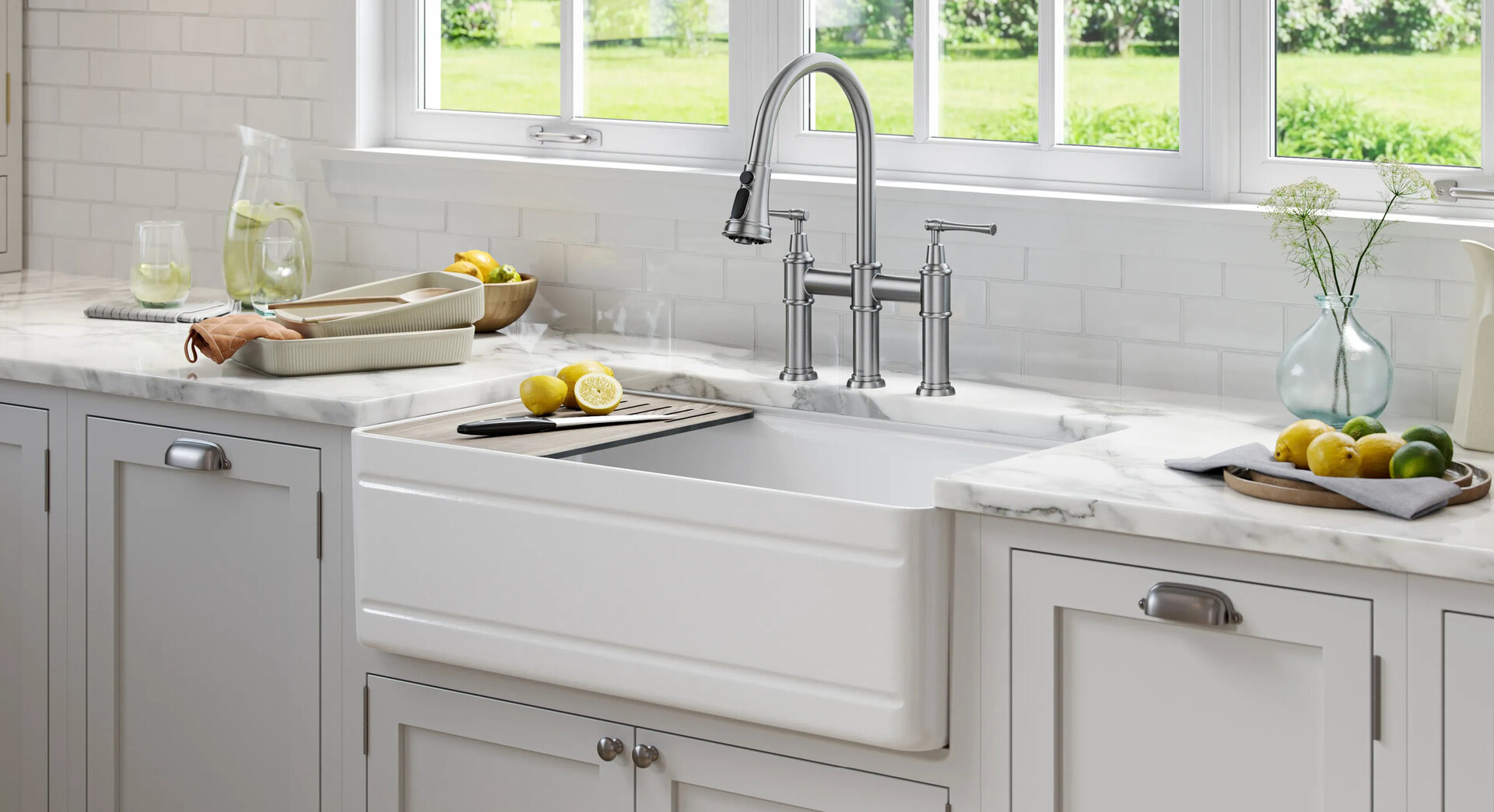
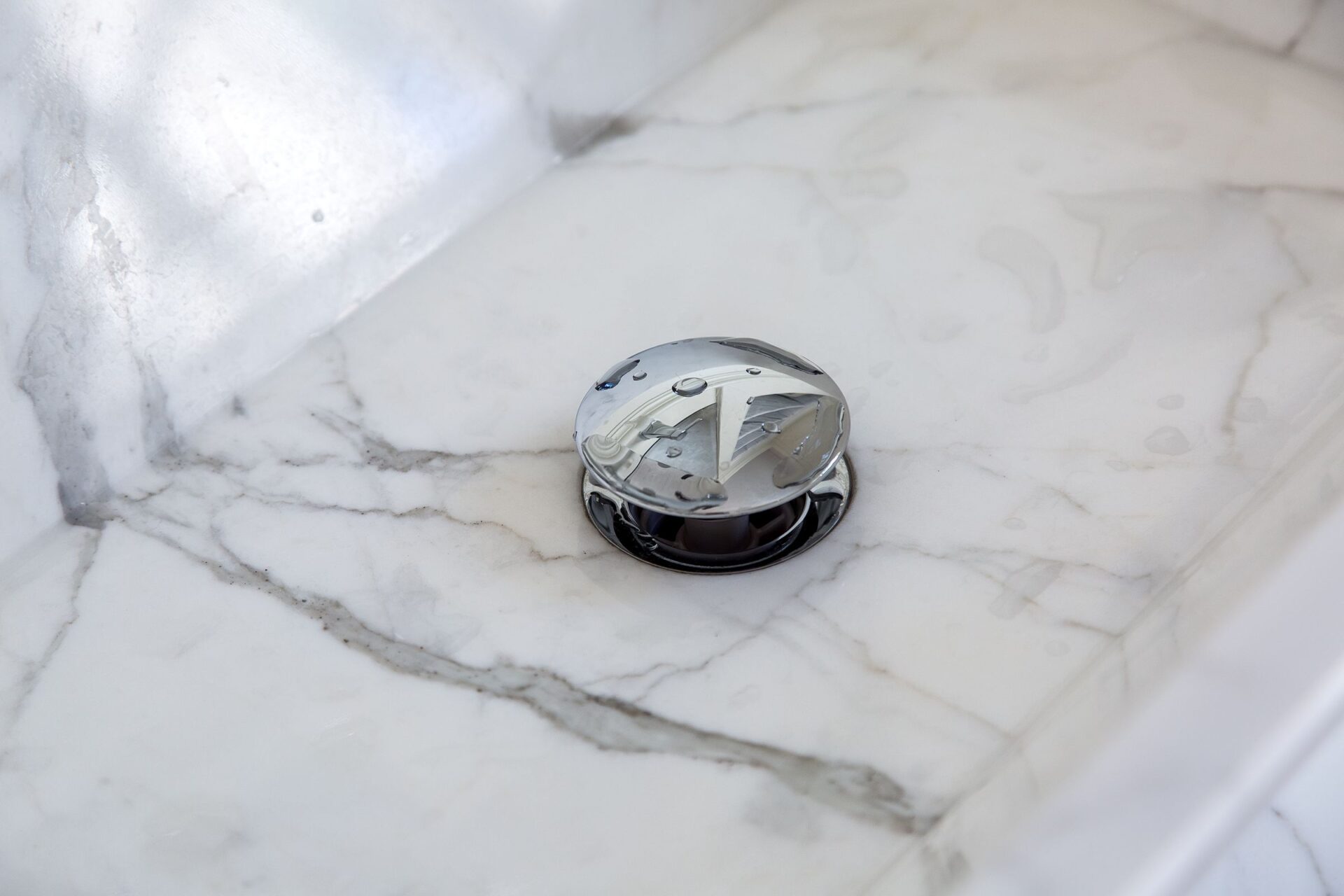
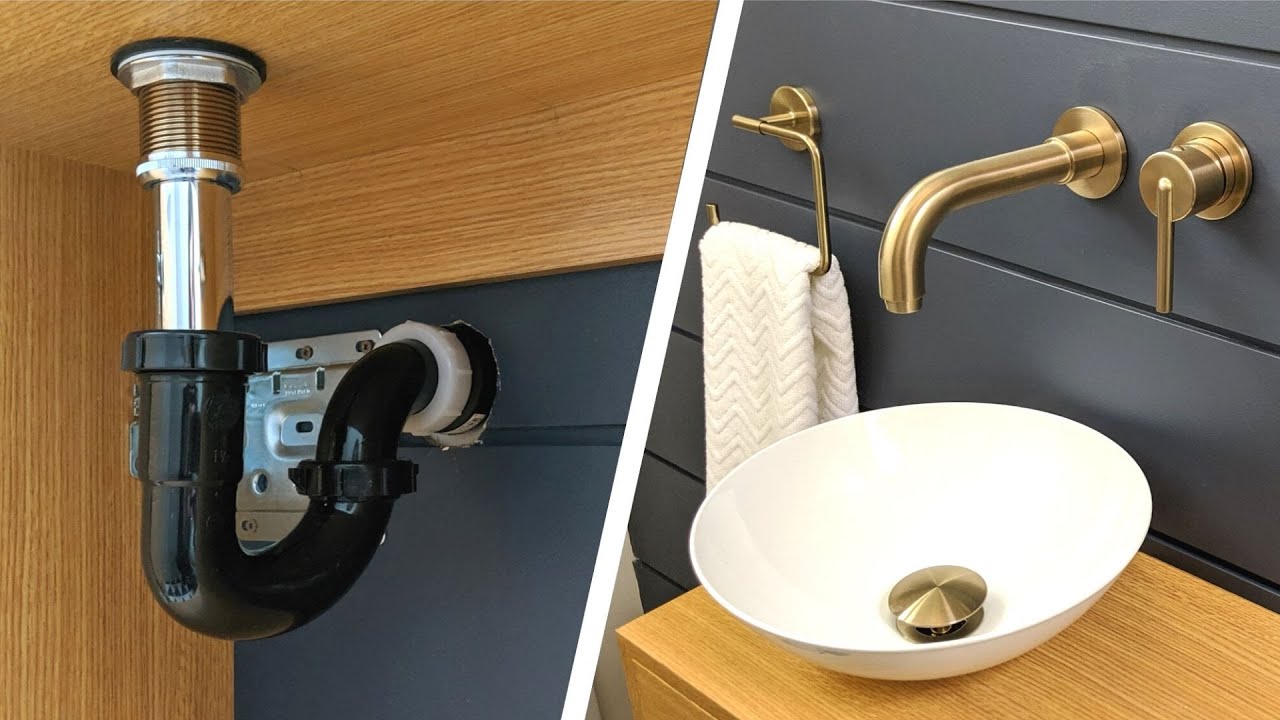

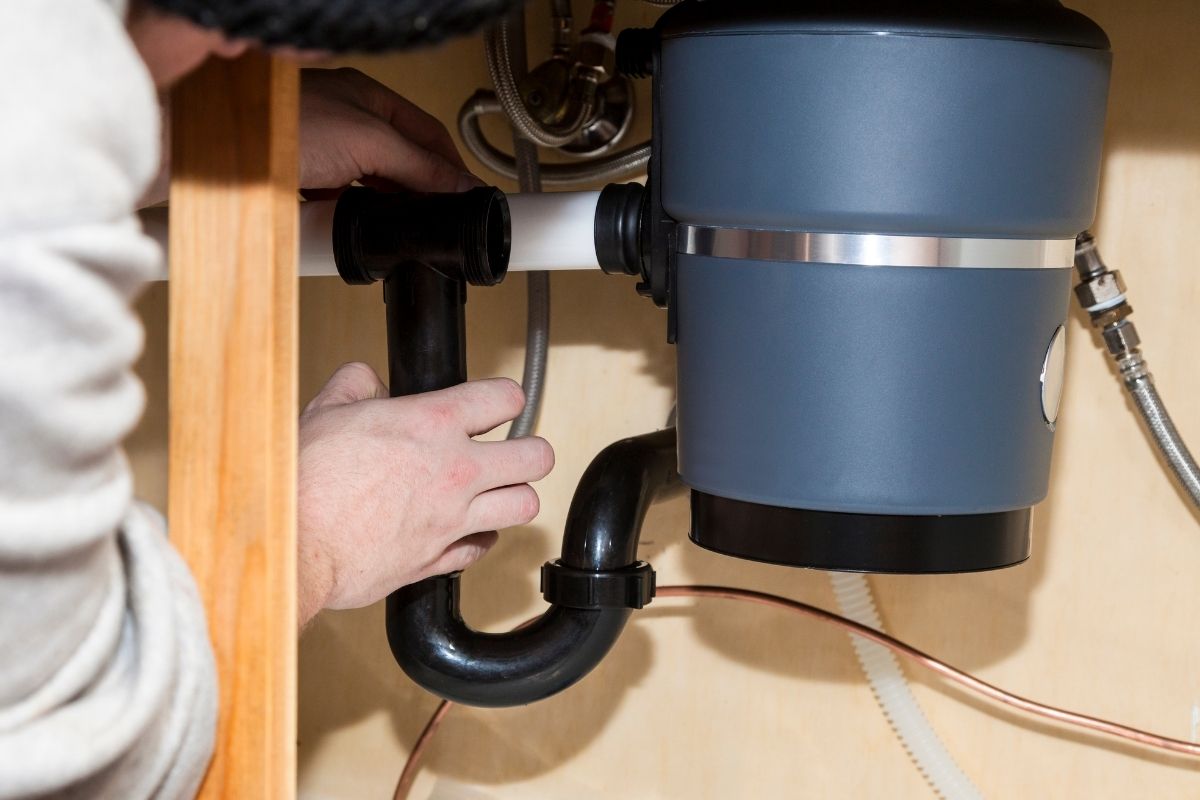
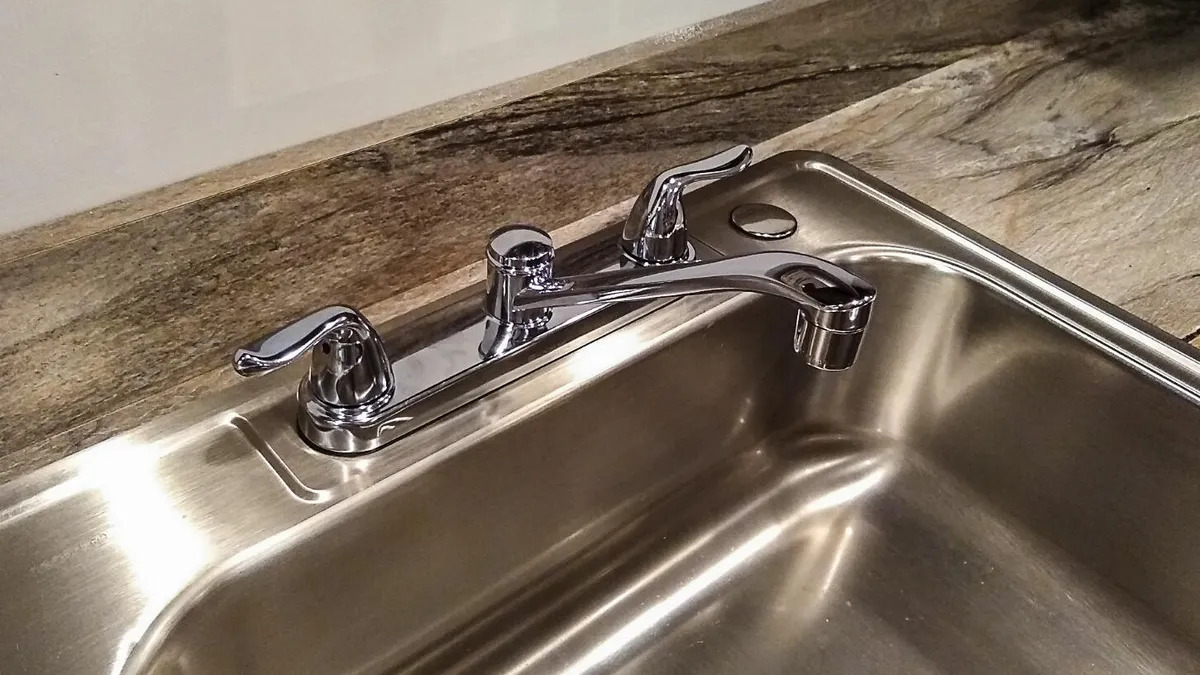
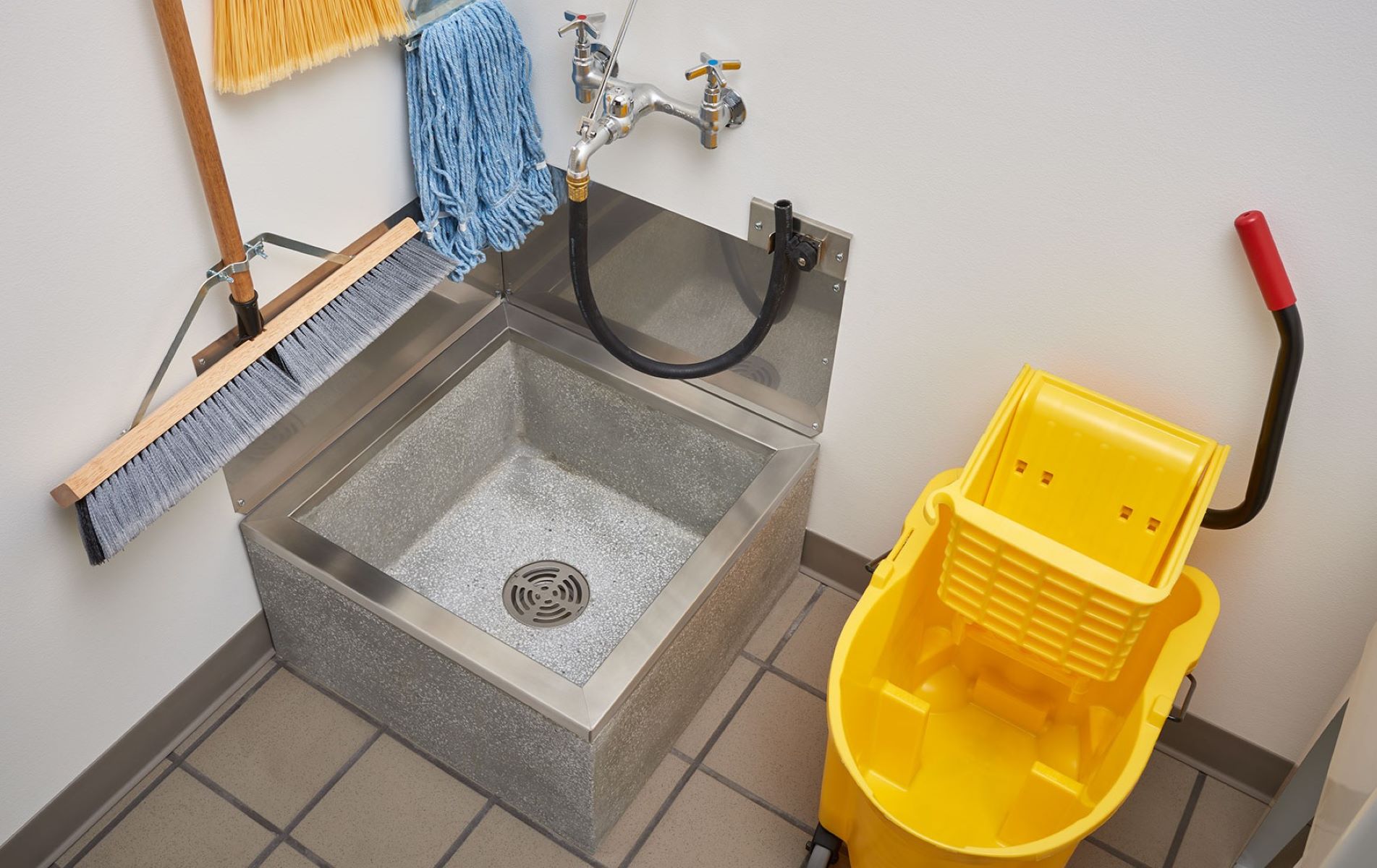
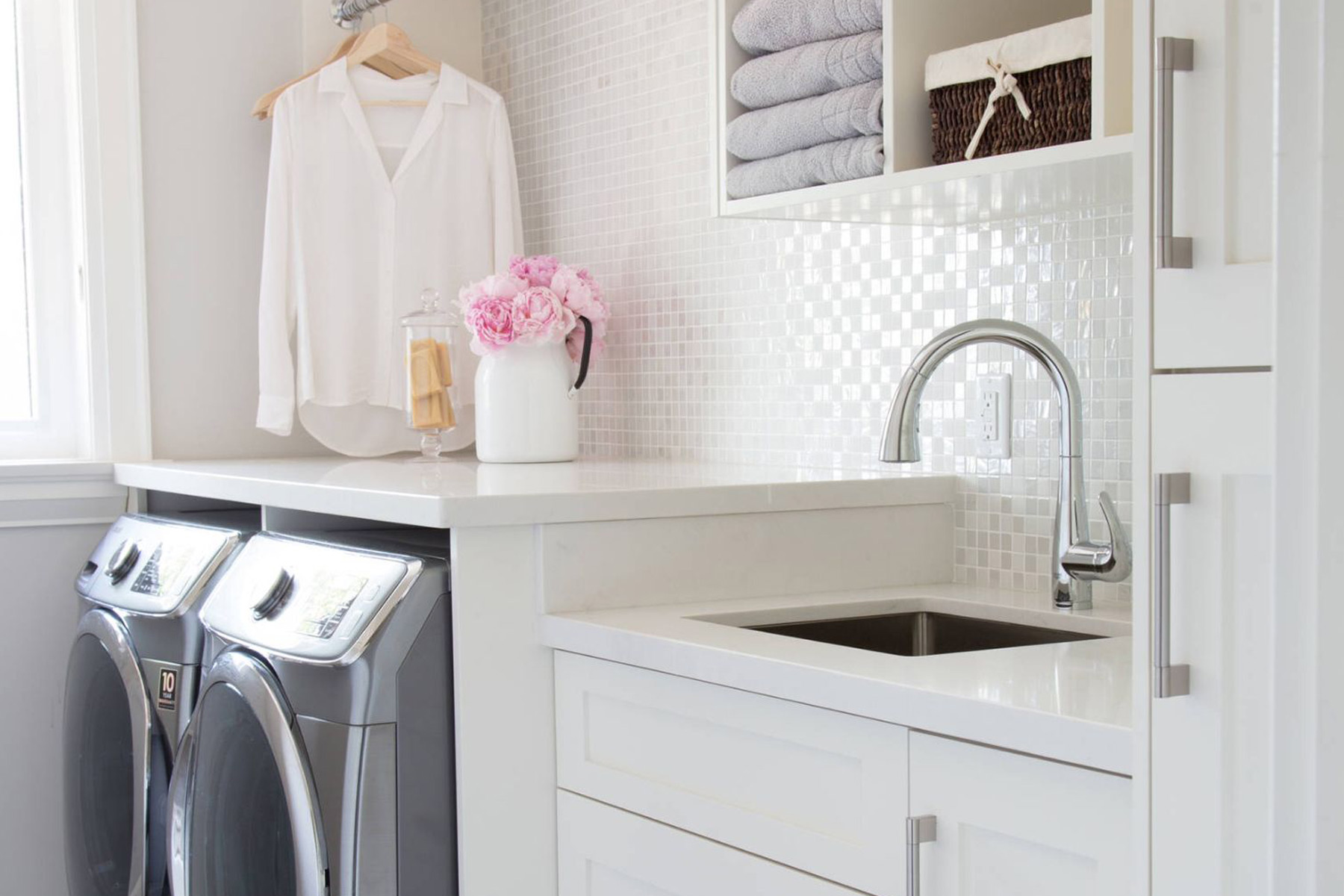
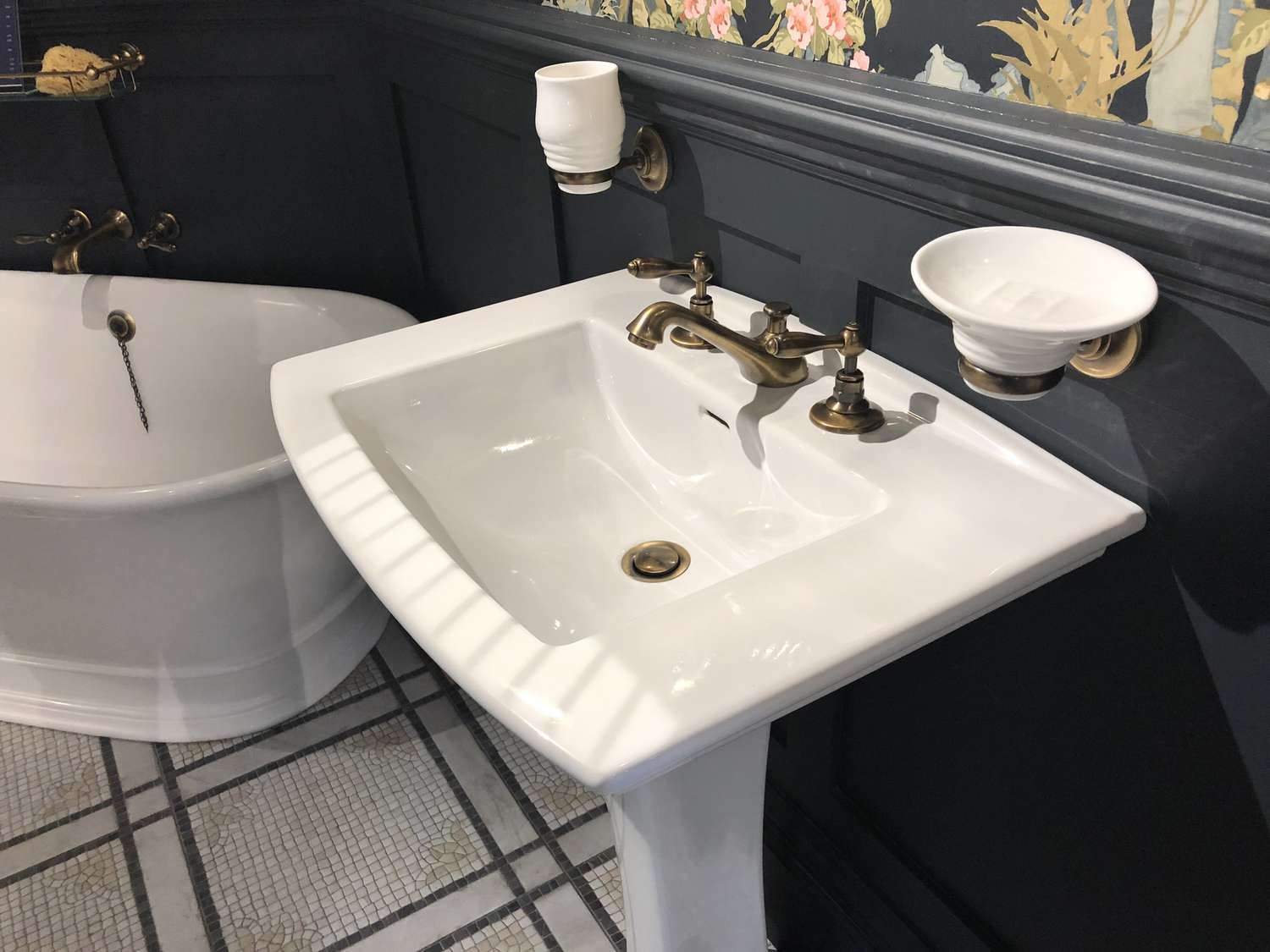
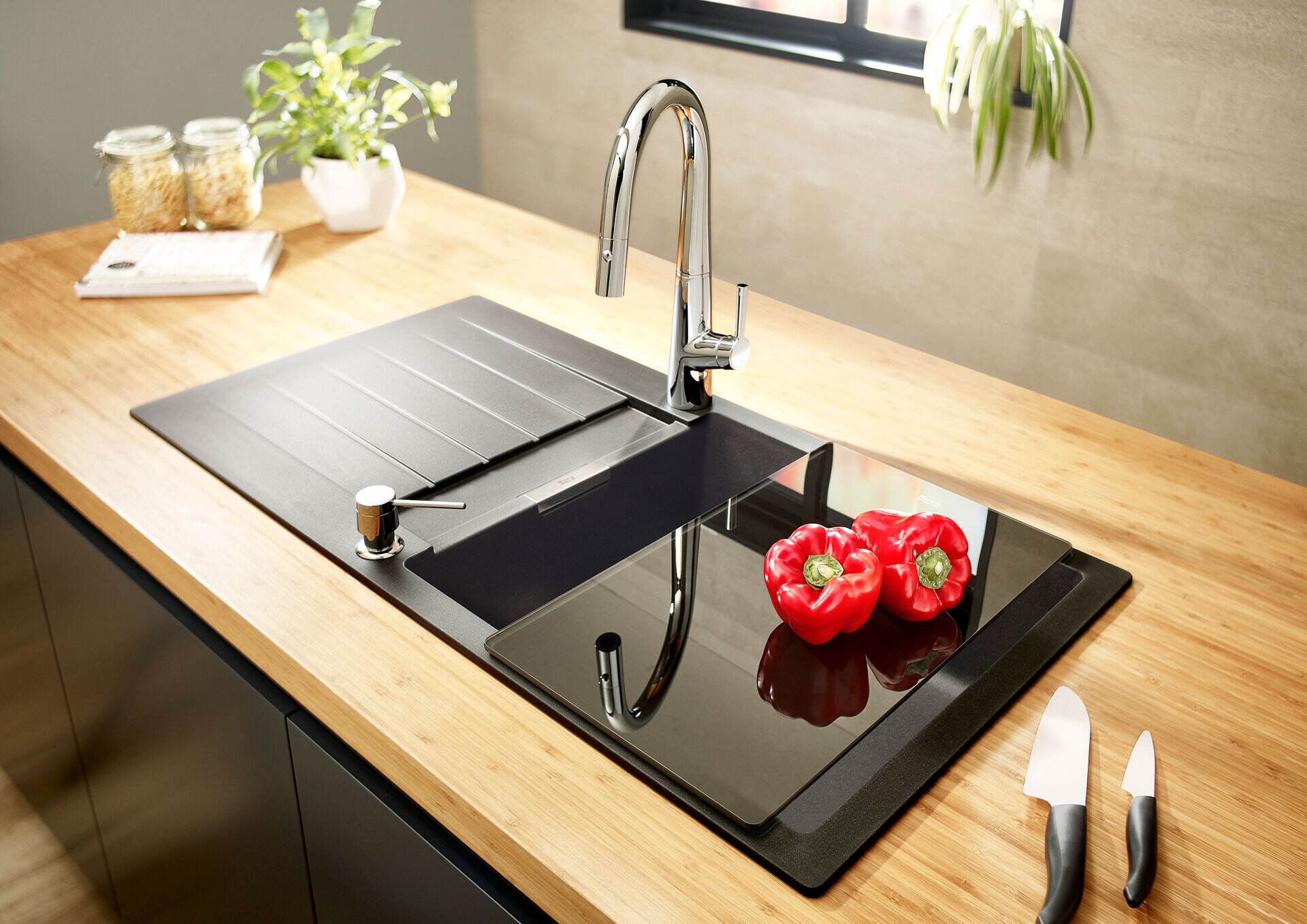
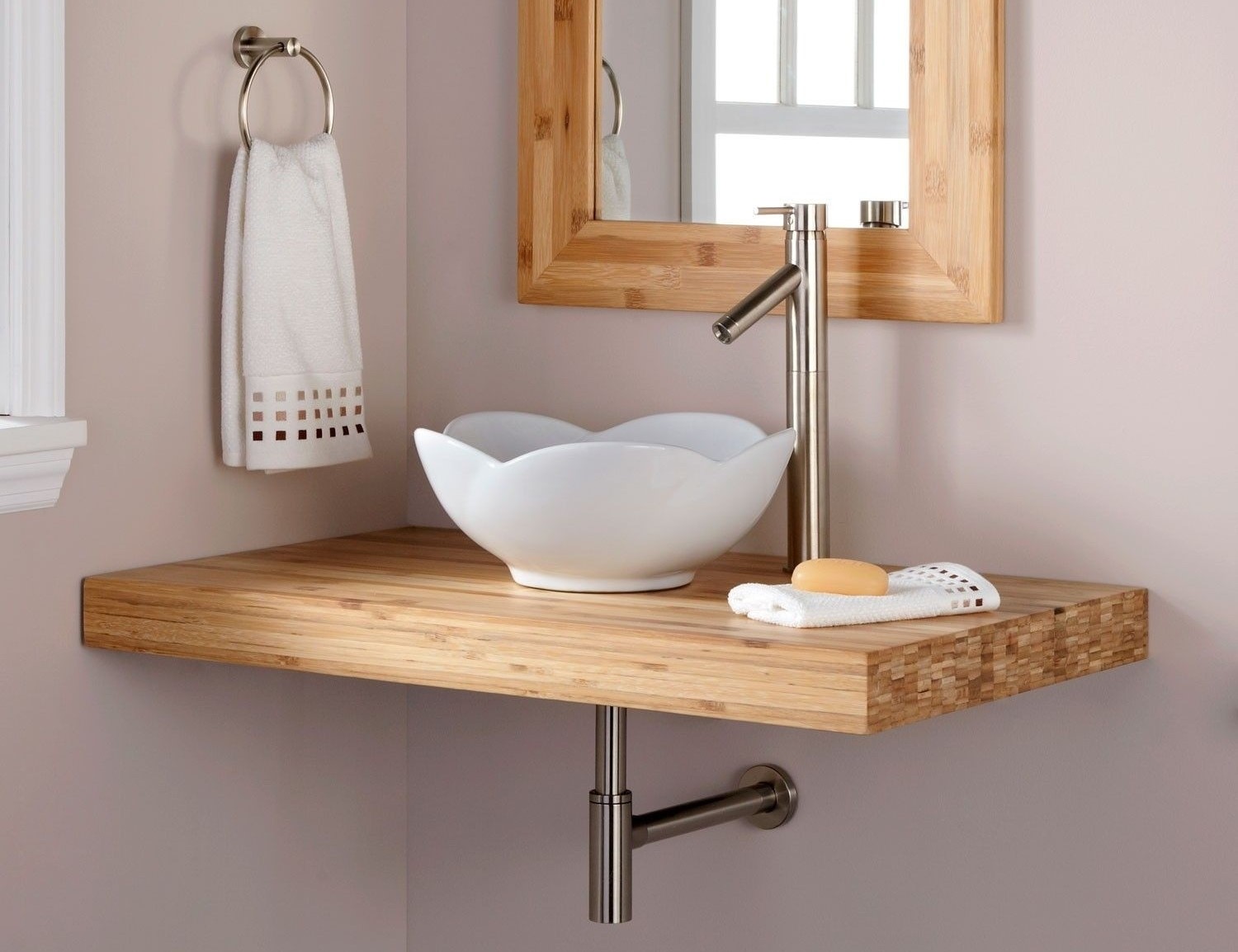
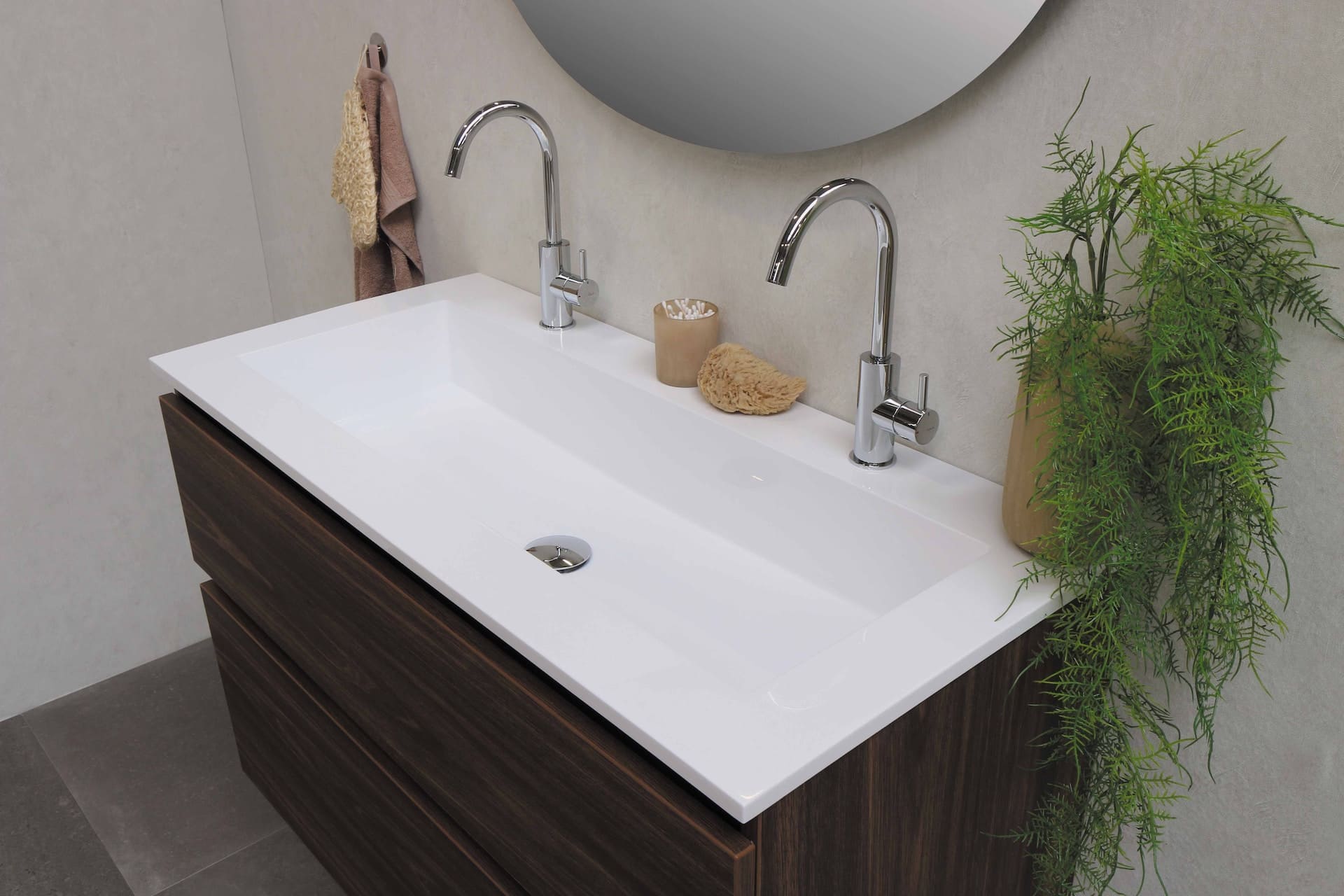
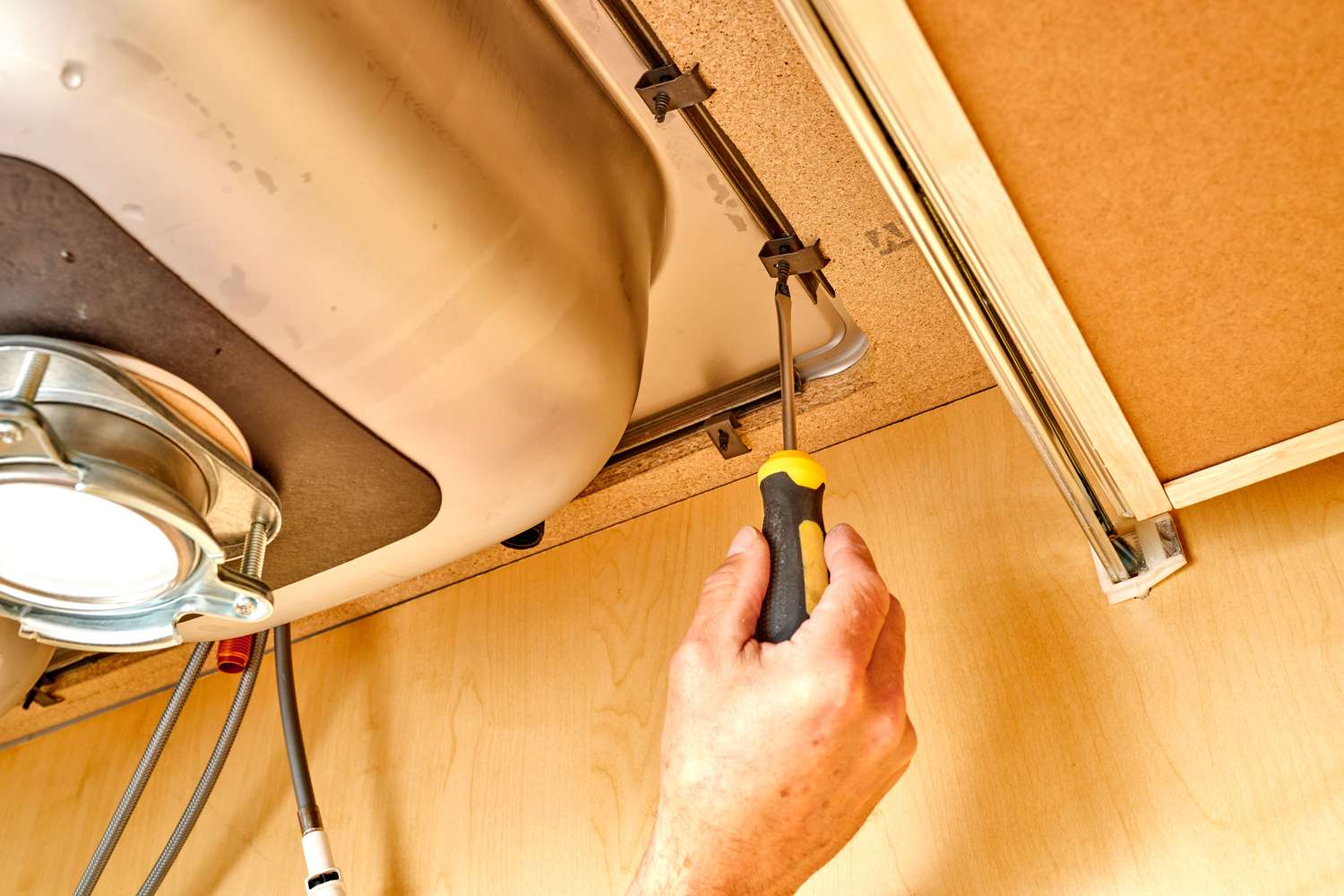

0 thoughts on “How To Install Farmhouse Sink”